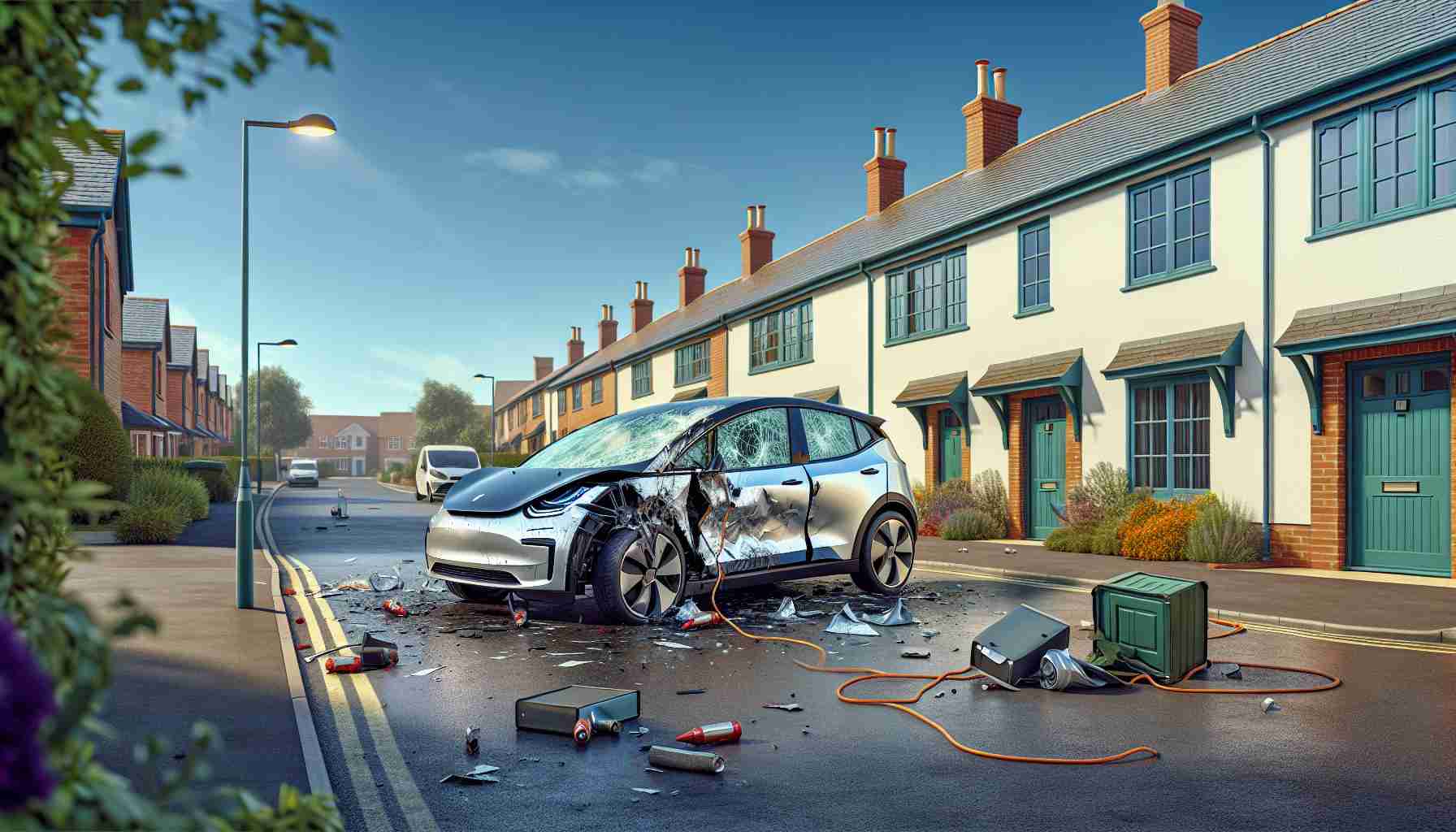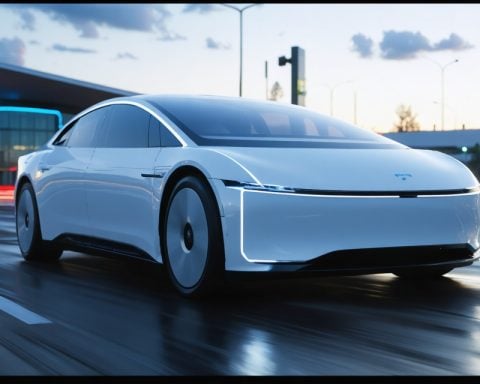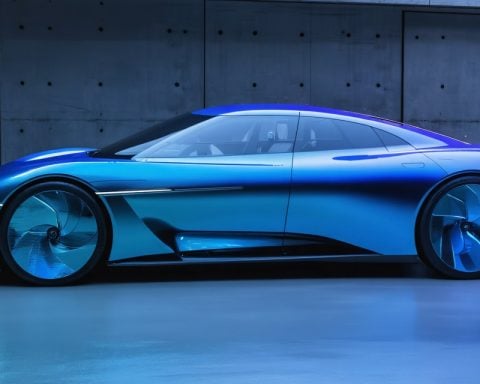In a surprising incident, a Tesla Cybertruck owner found their vehicle vandalized overnight in Redwood City. Surveillance footage revealed a man, clad in a hoodie, casually strolling across the street and targeting the Cybertruck parked nearby. The vandal took a spray can and defaced the vehicle with the word “Nazi”.
The owner, Amanda Lopez-Lara, expressed her disbelief, noting that she felt a rush of fear for the first time in downtown Redwood City. At the time of the incident, she was enjoying dinner, unaware that her vehicle was about to be attacked. Lopez-Lara promptly reported the crime to the local police, stating she was not the intended victim.
Lopez-Lara speculated that the vandal may have had bigger targets in mind, particularly linking the act to Tesla’s CEO, Elon Musk. She pointed out that recent controversies surrounding Musk, including accusations of insensitivity connecting him to Nazi symbolism, suggest a possible motive behind the vandalism.
The situation escalated after Musk was recently seen on stage making a gesture that some interpreted as resembling a Nazi salute. Despite the backlash, some defended Musk, suggesting it was an “awkward moment” rather than any intentionally provocative act.
Lopez-Lara emphasized that her choice to drive a Tesla was not politically motivated. All she wished was for peace, expressing her disappointment over the unnecessary act of graffiti that detracted from meaningful causes.
Societal Implications of Vandalism in the Age of Social Media
The vandalism of Amanda Lopez-Lara’s Tesla Cybertruck serves as a stark reminder of how tightly woven our personal choices are with broader social narratives. The act of targeting a Tesla—an emblem of green technology and innovation—underscores the intersection of cultural identity and consumerism. With the rise of electric vehicles, particularly those produced by Tesla, the brand has become synonymous not only with sustainability but also with the polarizing figure of Elon Musk.
As society grapples with questions of corporate responsibility and individual expression, incidents like these invite scrutiny on the public’s reaction to symbols of wealth and technological advancement. It illuminates how consumer products can become proxies in larger cultural battles, influencing attitudes towards innovation, environmental concerns, and capitalism itself.
Moreover, the environmental impact of such vandalism cannot be overlooked. A defaced vehicle becomes waste, sacrificing strides made towards sustainability. As electric vehicles gain popularity, the public will increasingly debate their cultural significance and how they fit into the larger narrative of economic inequality and social justice.
Moving forward, we may see heightened awareness and initiatives aimed at protecting property against politically charged vandalism. This could lay the groundwork for a future where brands and consumers alike engage more deeply in social issues, forging a new path in which consumer choices reflect not just personal taste, but also an understanding of their broader societal implications.
Shocking Vandalism: Tesla Cybertruck Tagged with Offensive Graffiti
In a disheartening incident that unfolded in Redwood City, California, a Tesla Cybertruck owned by Amanda Lopez-Lara was vandalized overnight. This act of defacement has sparked discussions not only about the vandalism itself but also about the underlying tensions surrounding electric vehicles and their owners in today’s socio-political climate.
Incident Overview
As Lopez-Lara dined at a nearby restaurant, surveillance footage captured a man in a hoodie approaching her parked Cybertruck. In a brazen act, he used a spray can to tag the vehicle with the word “Nazi.” Lopez-Lara, upon discovering the vandalism, expressed her shock and fear, marking a stark contrast to the previously uneventful ambiance she associated with Redwood City.
Connotations and Speculations
In the aftermath of the vandalism, Lopez-Lara raised critical points about the possible motivations behind the attack. Linking the incident to the controversies surrounding Tesla’s CEO, Elon Musk, she suggested that the vandal may have aimed to make a statement rather than target her specifically. The timing of this incident is particularly poignant as Musk faced scrutiny for gestures perceived as controversial, heightening public sensitivity around associations with extremist ideologies.
Broader Context and Discussions
This vandalism incident reflects a broader trend where high-profile individuals, like Musk, become focal points for public discourse, especially concerning politically charged topics. Some commentators defended Musk’s actions as misinterpreted rather than intentionally provocative, prompting a wider debate on the implications of such public figures on their brand and their customers.
Feature Analysis: Tesla Cybertruck and Owner Sentiments
The Tesla Cybertruck, with its futuristic design and innovative technology, symbolizes a shift towards electric vehicles. However, incidents like these may impact owner sentiments and public perception:
– Pros of Owning a Tesla Cybertruck:
– Cutting-edge technology and a commitment to sustainability.
– Enhanced performance and safety features.
– A growing community advocating for electric vehicle use.
– Cons and Challenges:
– Owners may face public scrutiny and politically charged vandalism.
– Perceptions of elitism and polarization in the electric vehicle market.
Insights and Future Implications
The incident raises questions about the societal implications of electric vehicle ownership amid increasing political polarization. As tensions rise, Tesla owners may find themselves at the intersection of automotive trends and social discourse.
Safety and Security Measures
In response to such incidents, owners are encouraged to consider enhanced security measures for their vehicles, such as:
– Investing in Surveillance Cameras: Parking in well-lit areas with additional monitoring can deter vandalism.
– Using Vehicle Tracking Systems: Many electric vehicles, including Tesla models, come equipped with features for tracking and reporting disturbances.
Conclusion
The vandalism of Amanda Lopez-Lara’s Cybertruck serves as a stark reminder of the complexities surrounding electric vehicle ownership in today’s charged environment. While electric vehicles represent innovation and sustainability, incidents like these highlight the ongoing societal debates and potential repercussions that owners may face.
For more information on Tesla and its vehicles, visit Tesla’s Official Website.













